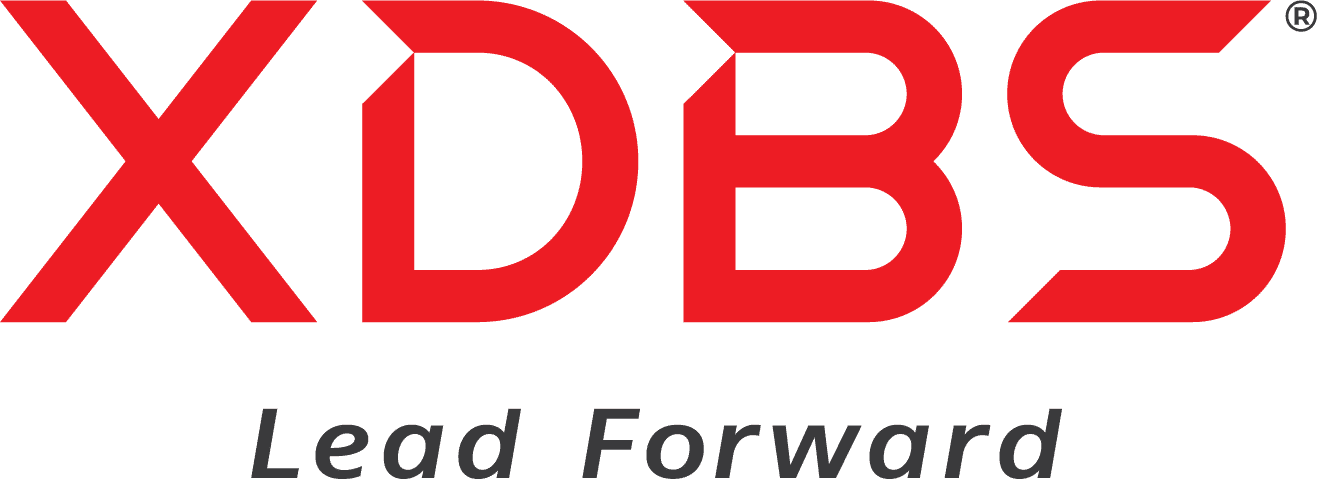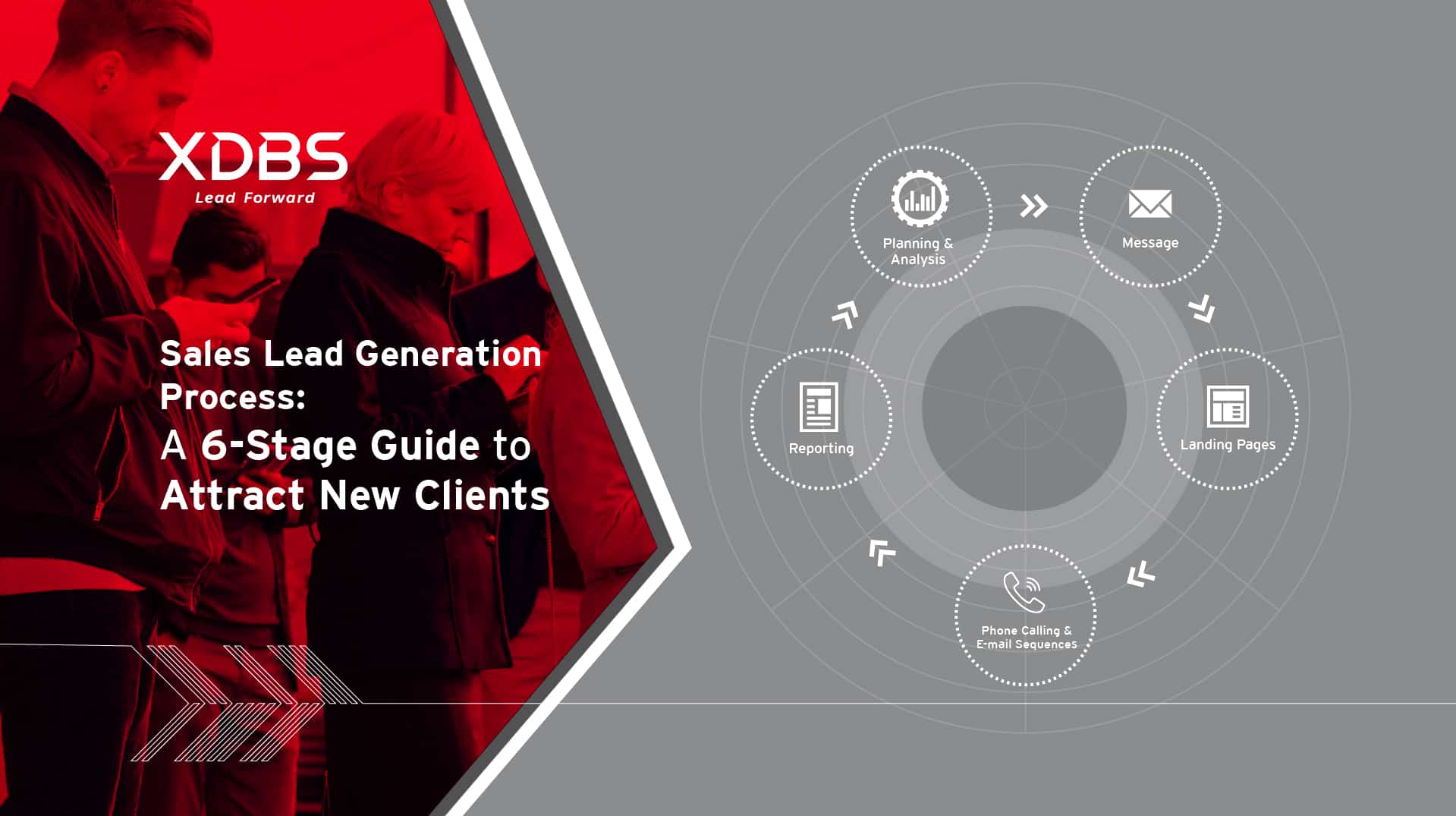A good lead generation process has several moving parts, all of which are required to attract the best, nurture, and convert leads into customers. As a B2B marketer, you will need to be open-minded about the assumptions on how best to execute your lead generation process and be willing to try new approaches and ideas. As the marketplace changes, so do your customers and leads. B2B marketers need to evolve their content and strategy continually. Lead generation is all about building trust with your audience and educating them about your industry and offerings along the way.
Stage 1. Planning and Analysis
1) Potential Clients Analysis
While an ideal customer profile is a map for discovering leads, targeting those leads with a buyer persona is an instruction. It comprises comprehensive psychological traits, buyer behavior, social habits, and the potential customer’s professional experience.
2) Define a Timeline
Marketers should figure out the deadlines for their lead generation campaign. A launch date should be set along with how long the campaign will be carried out. While on the topic of timing, marketers can also decide on the cadence and frequency of their e-mail campaigns.
3) Choose the tools
The most important aspect of the lead generation process is CRM. Also, marketers should define which lead generation tool or software they’ll use, apart from a CRM. It can be a call, e-mail, or a social-media oriented one.
4) Plan Meticulously
Defining the goals of the lead generation process is very important. What will the SDRs be responsible for? Qualified leads, appointments, or both? Next, weekly or monthly quotas for the sales reps should be decided. These benchmarks help motivate, regulate, and, most importantly, be real to achieve the targets set.
Stage 2. Message
Messages that go in the lead generation process are used in multiple channels. A good copy should answer these questions for the person that sees the company name for the very first time: Why me, why this product/service, and why now?
The copy must be in compliance with the buyer persona, short, simple, and most importantly, human. Personalization is essential to make messages feel personally crafted. It increases the response rate. It takes about 5-15 minutes for an experienced sales development representative to look for a specific piece of information about a lead and five to thirty minutes to write a personalized message based on it. Ending with a strong Call to Action (CTA) embedded with a landing page link. This landing page comprises everything a lead has to know, with one more CTA waiting for him.
Stage 3. Landing Pages
During the lead generation process, landing pages can be utilized at least two times:
- to create the e-mail copy &
- to create pre-targeting ads
A landing page with a definite objective is crucial to enable the desired action. For instance, set a discovery call or collect contact information.
So why should marketers use landing pages instead of links to their website? The website comprises a lot of information and various CTAs. The landing page emphasizes one action and removes all the other distracting factors. Similarly, it allows marketers to segment the buyers into micro-groups and send a highly targeted message.
To create a useful landing page, marketers have to make sure these are included:
- Clear headline
- Custom CTA
- Responsive and relevant design
Stage 4. Phone Calling and E-mail Sequences
These 2 stages of the lead generation process are integrated because, most often, they happen simultaneously. Marketers should start the calls straight after the first wave of e-mails.
1) Check, Research, Upload
The leads are usually handpicked by the company’s researchers and handed over to the sales development representatives. If the lead flow is significant, one or two unfit leads may slip through, so marketers should check again. Then, sales development representatives look for information on leads that can be used as a personalization point. Later, when everything looks OK, the leads are ready to be uploaded to the CRM.
2) Send, handle, follow-up
Before pressing send, sales development representatives segregate and group contacts by the time zones. This way, marketers’ first sales pitch arrives at the most appropriate time possible. A CRM comes in handy here. For instance, in Hubspot, marketers can set the time and day of delivery for any group of leads.
3) Prioritize, call, qualify
Cold calling is a highly effective lead generation technique, particularly when combined with cold e-mailing. After the first e-mail is sent, a CRM shows if the e-mail was opened, the number of times it was viewed, and if the links inside were clicked. This information gives sales development representatives an idea about who to call first. A lead that shows more activity must be in the call priority list compared to the one that hasn’t shown any action and hasn’t opened up the e-mail at all.
Stage 5. Reporting
Marketers must have noticed that reporting is present at almost every stage of a lead generation process.
It’s good to fill in the stats along the way to have a detailed report at this stage. The general report includes:
- Researched leads
- Time used upon research and average time per one prospect
- E-mail templates
- Sent e-mails
- E-mails that are bounced
- Auto-replies
- E-mails opened + open rate
- Rate of opened e-mails per sequence
- E-mails that have never been opened + rate
- “Unsubscribe me” requests
- Positive responses + rate
- Negative responses other than “unsubscribe” + rate
- Follow-ups + time necessary to write them
- Calls + average time
Stage 6. Planning and Analysis
Stage 6 is a repetition of the first, and from there, the cycle starts once again. This process might seem like a circle, but in reality, it’s a spiral. Marketers should go through their marketing and sales KPIs, needs in additional recruitment, and strategies that worked or didn’t work. Analyze, plan, and improvise.
That’s the lead gen process continuously moving forward. And just like a spiral, it can become wider or narrower. It’s up to marketers if it grows or shrinks and in the direction, it goes. A properly structured and organized sales lead generation process will be profitable, giving a more anticipated and consistent flow of new leads and prospects to your sales funnel.
Final Thoughts
A well-structured and organized sales lead generation process will be successful and profitable with an expected and steady flow of new prospects to your sales funnel. The system for getting clients and customer is straightforward. Marketers require a way to attract prospects and learn about them through their focused marketing efforts, and then they need to develop a robust relationship with them that will hopefully lead to a sale. After all, the end objective is to identify qualified prospects that can sail through your sales process and convert into business leads.

